MRI research suggests a higher muscle-to-visceral-fat ratio may keep the brain biologically younger. Here’s what the findings mean for long-term brain health.
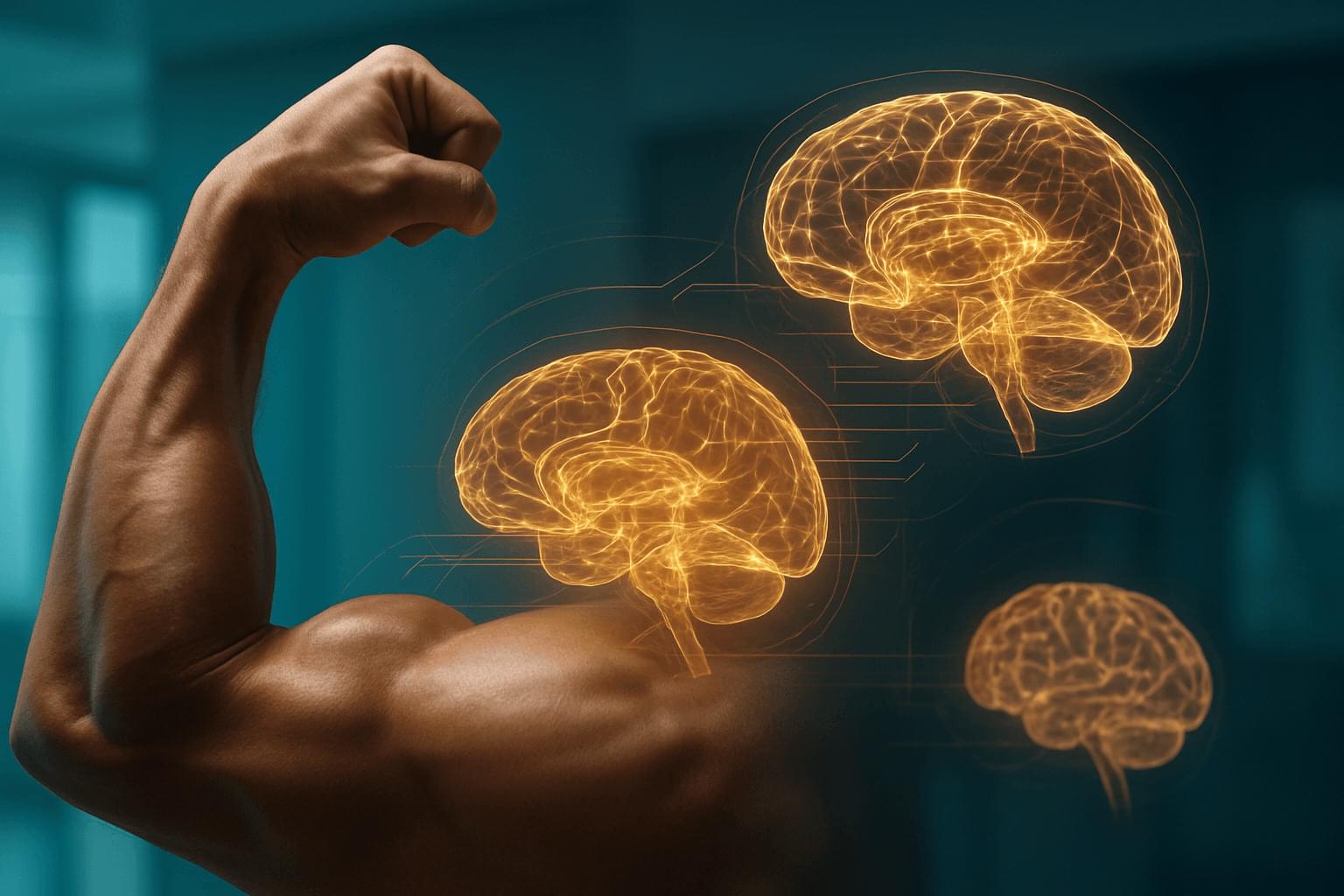



An “immune system reset” cured autoimmune, or Type 1, diabetes in mice in a Stanford Medicine study. The approach may be useful for other autoimmune conditions as well as organ transplants.

Water trapped inside tiny molecular cavities behaves in a surprisingly energetic way, pushing outward like people crammed in an elevator. When a new molecule enters these narrow spaces, the confined water forces its way out—boosting the strength of the molecular bond that forms in its place. Researchers from KIT and Constructor University have now proven this effect both experimentally and theoretically, showing that these “highly energetic” water molecules can dramatically influence how other molecules interact.
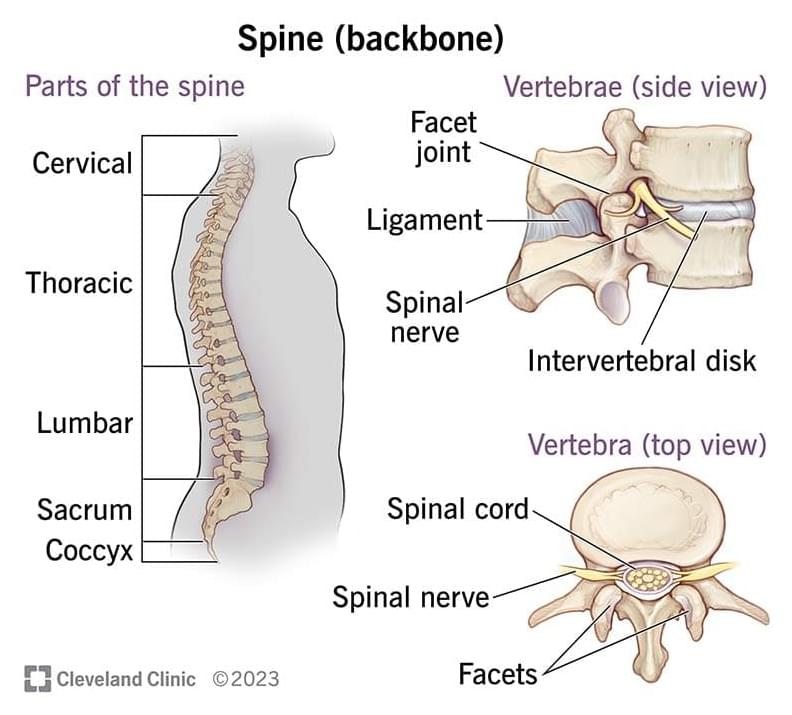
Your spine is an important bone structure that supports your body and helps you walk, twist and move. Your spine is made up of vertebrae (bones), disks, joints, soft tissues, nerves and your spinal cord. Exercises can strengthen the core muscles that support your spine and prevent back injuries and pain.
Learn more about what your spine does and how this bone structure is important for your health.
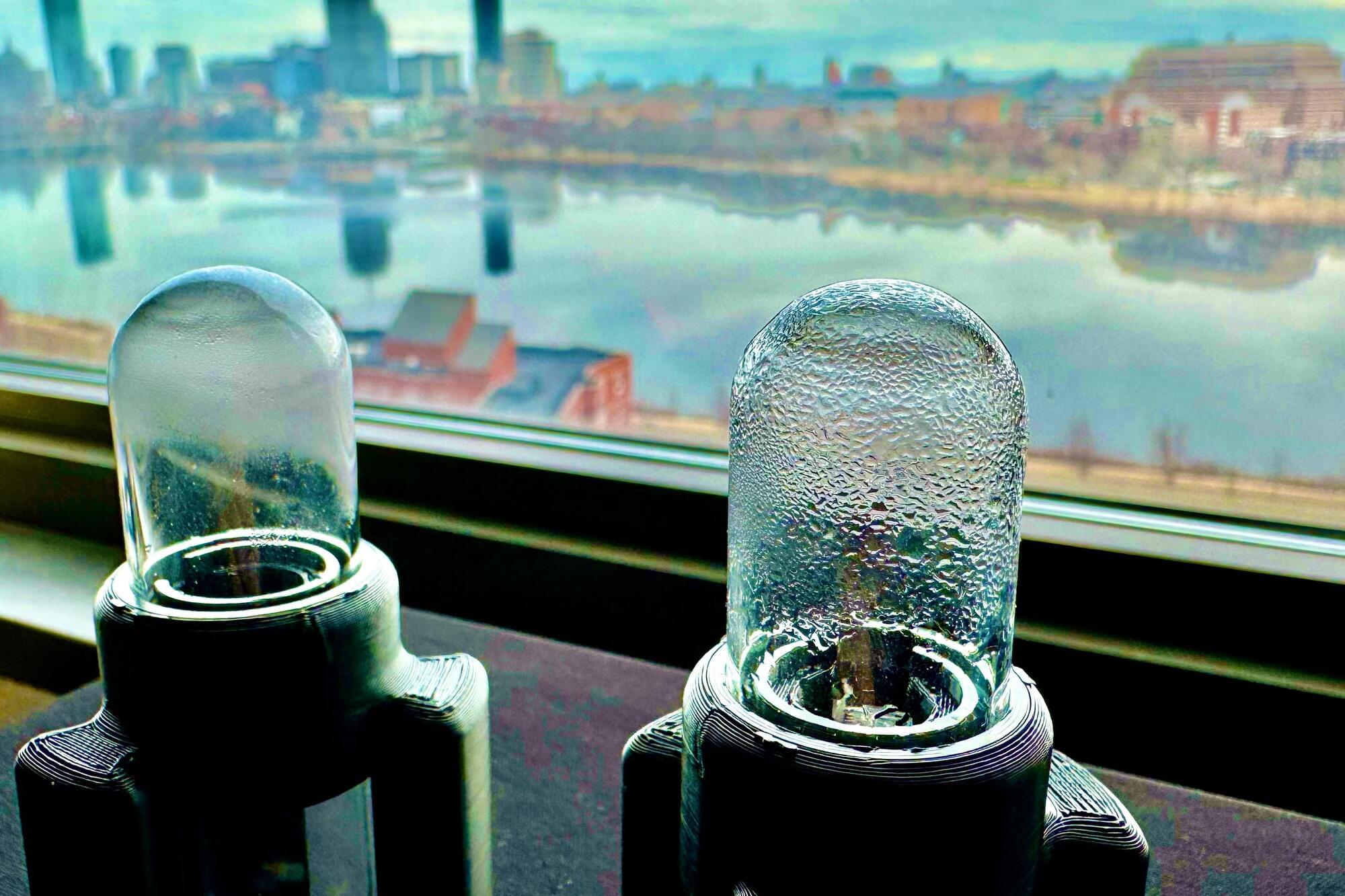
MIT engineers designed an ultrasonic system to “shake” water out of an atmospheric water harvester.
MIT researchers designed a device that quickly recovers drinking water from an atmospheric water harvesting material. The system uses ultrasonic waves to shake the water out of the material, recovering water in minutes.
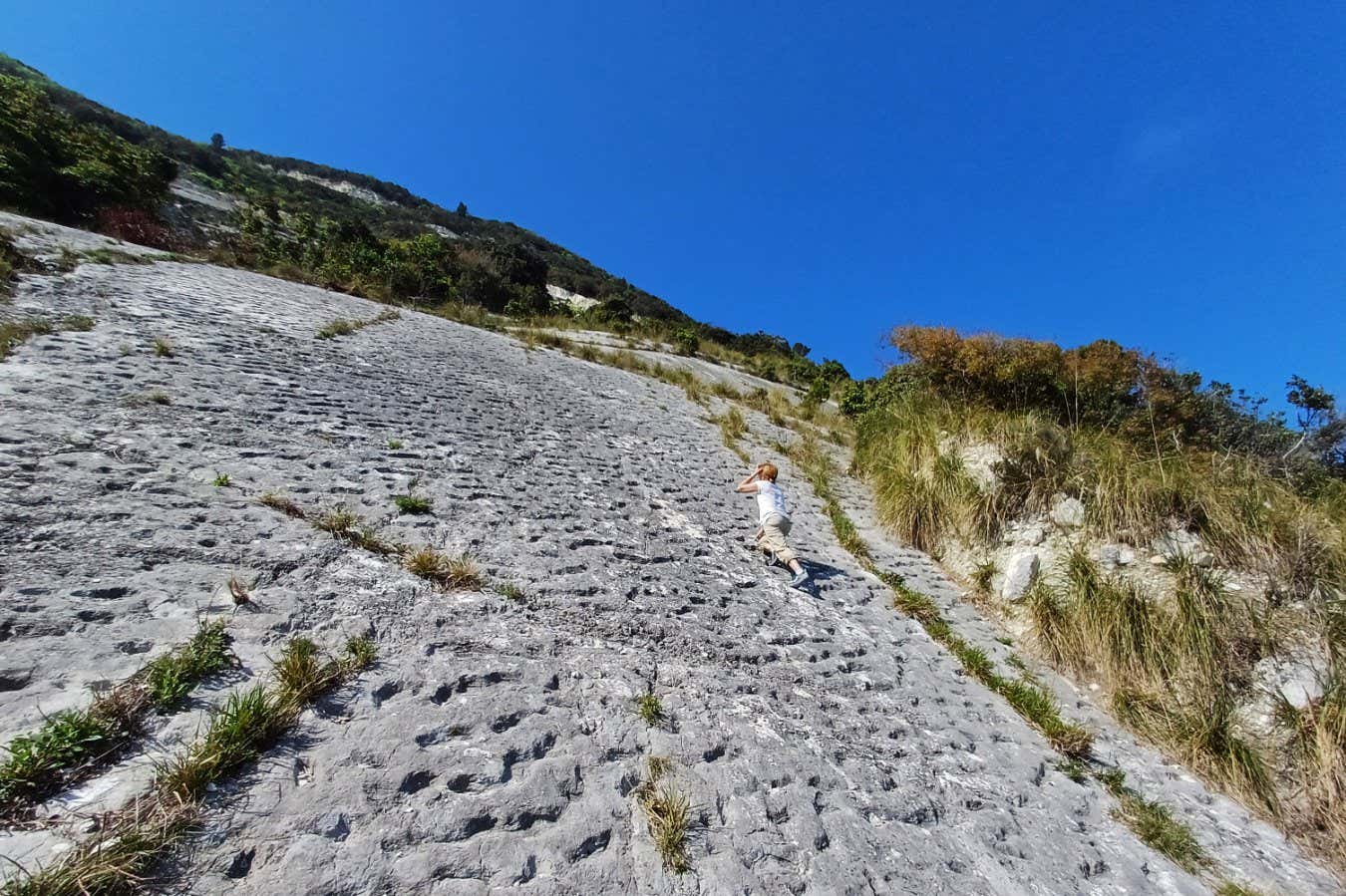
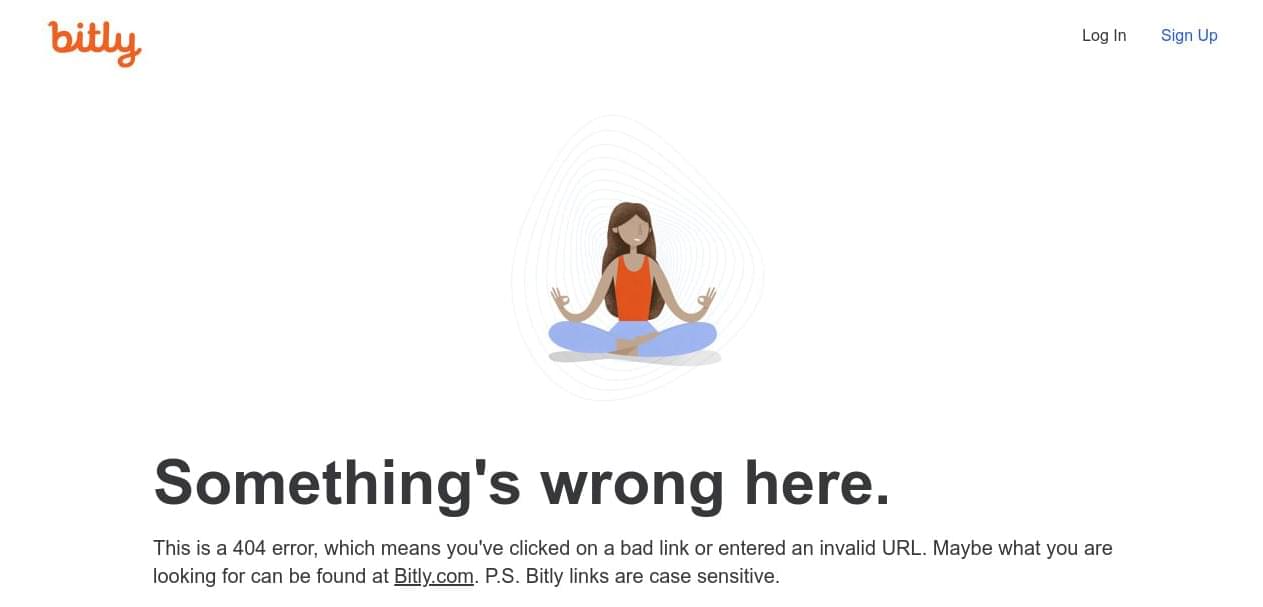
Via OPG_BOEx: Clinical translation of photoacoustic imaging using exogenous molecular contrast agents [Invited] https://bit.ly/4occZgi
A team from Rice University examines the current status and future potential of contrast-enhanced PAI in human applications.
In their results, the team proposed neuro-oncology as a novel application, effectively addressing the limitations of intraoperative fluorescence imaging.
Photoacoustic imaging (PAI) combines optical contrast with acoustic detection to enable high-resolution, molecular imaging at clinically relevant depths. This review outlines the current status and future potential of contrast-enhanced PAI in human applications. We begin by discussing regulatory considerations surrounding both imaging devices and exogenous contrast agents, highlighting safety concerns, lack of standardized validation protocols, and barriers to the approval of novel agents. To accelerate clinical adoption, many studies have focused on repurposing FDA-approved agents such as indocyanine green, methylene blue, and clofazimine, which offer favorable optical properties and known safety profiles. We then review clinical applications of contrast-enhanced PAI across organ systems. In lymphatic imaging, PAI enables noninvasive visualization of lymphatic vessels and sentinel lymph nodes. Prostate imaging benefits from improved tumor delineation, and vascular applications leverage PAI to assess oxygen saturation and vascular remodeling. In gastrointestinal and hepatic imaging, PAI supports functional assessment and lesion detection with enhanced contrast. Emerging applications in neuro-oncology demonstrate the potential of PAI for intraoperative guidance and brain tumor imaging. Compared to fluorescence imaging, PAI provides deeper penetration and quantifiable contrast. Studies using both approved and investigational agents, including gold nanorods and targeted dye conjugates, highlight advances in imaging tumor margins. Progress in transcranial PAI and molecular probe design continues to broaden its capabilities. Together, these developments underscore the expanding clinical utility of contrast-enhanced PAI for real-time, functional, and molecular imaging.


Researchers discovered a new way to independently tune a nanoparticle’s speed and direction using different strength electric fields.
The new method could lead to better drug delivery technologies.
Read more.
A new method using a combination of strong and weak electric fields to change nanoparticle speed and direction could improve drug delivery and purification systems.